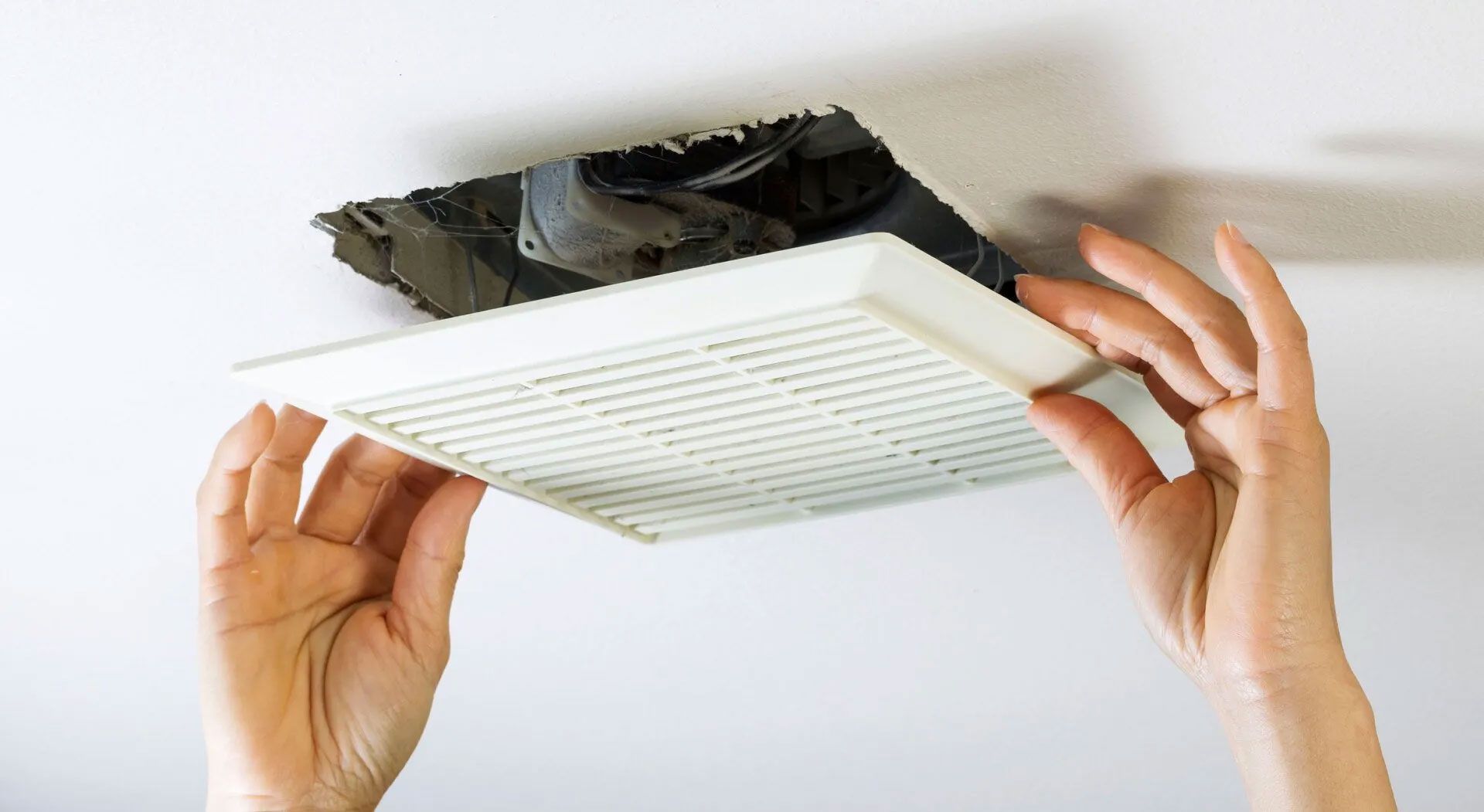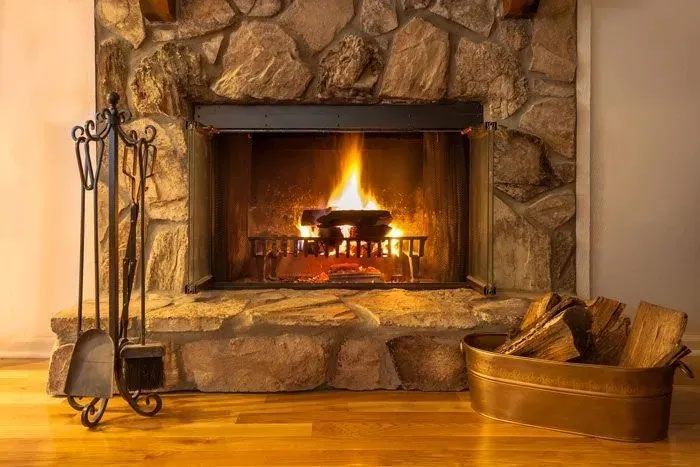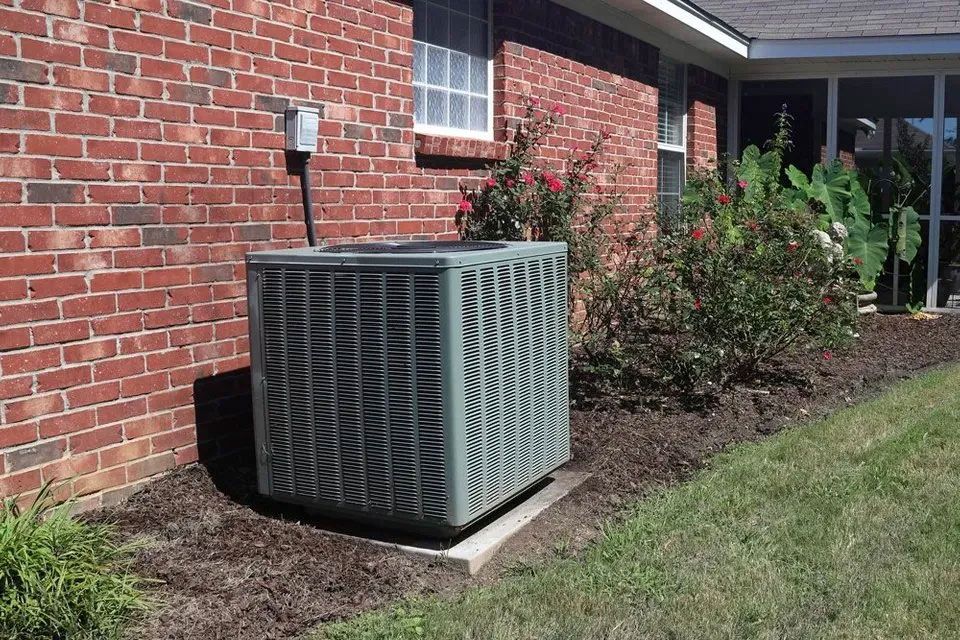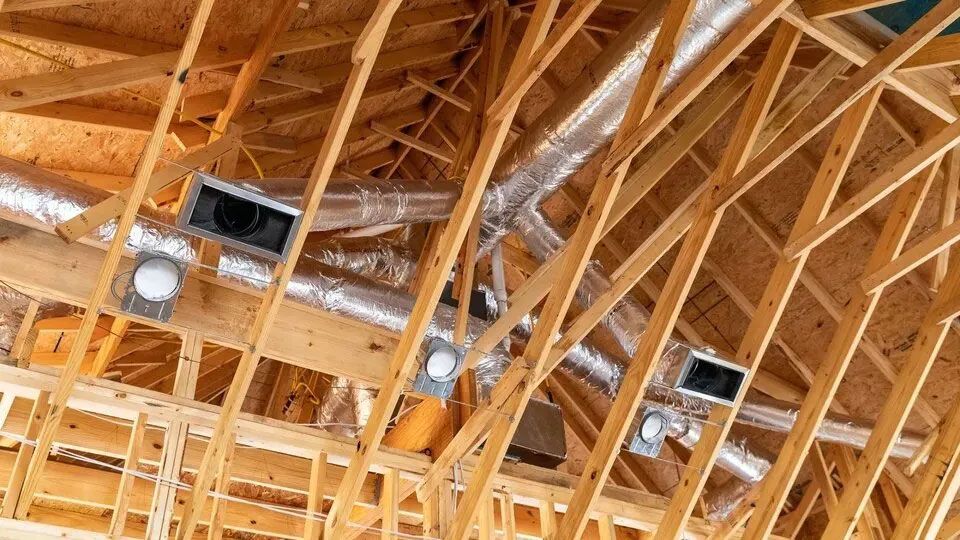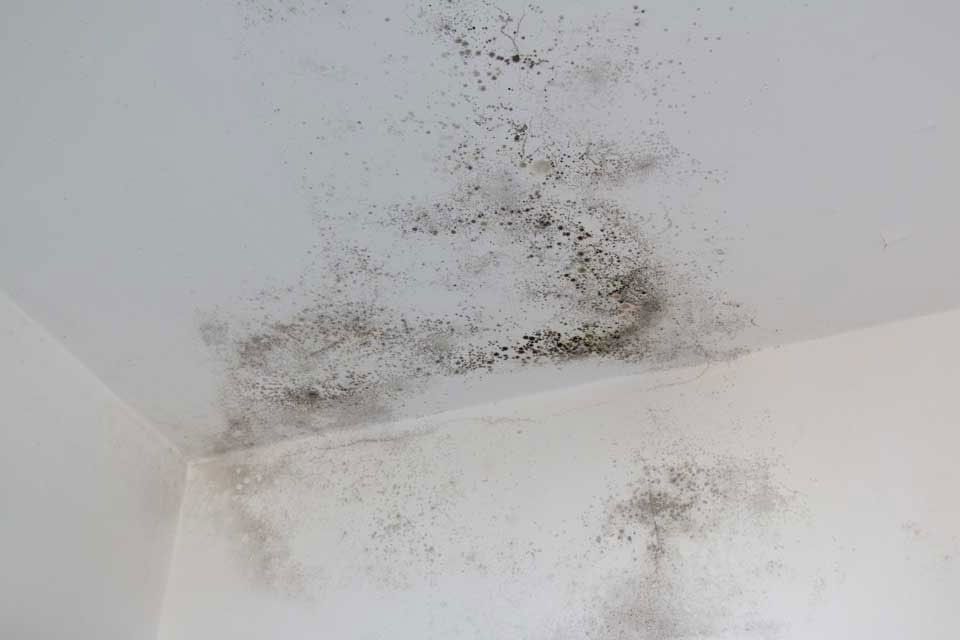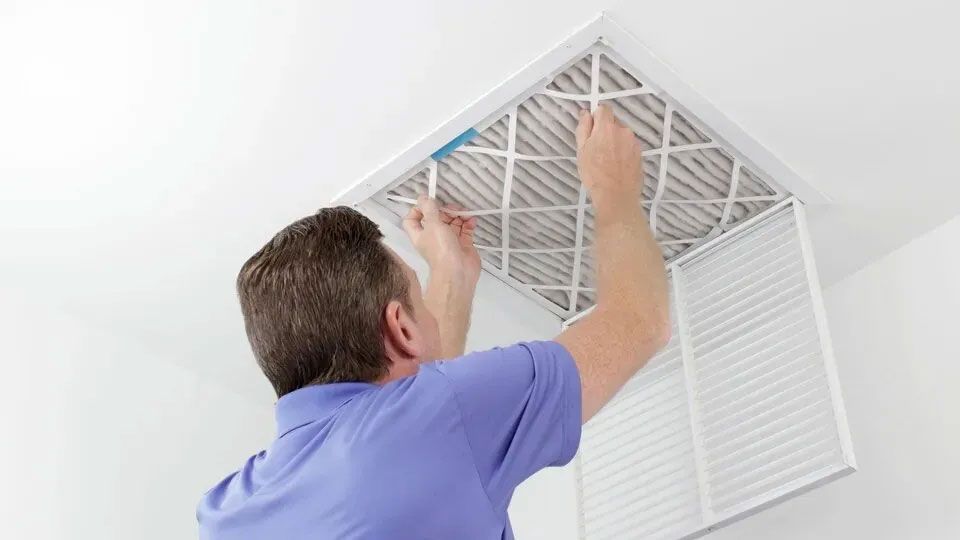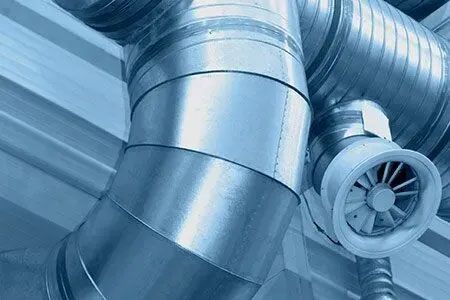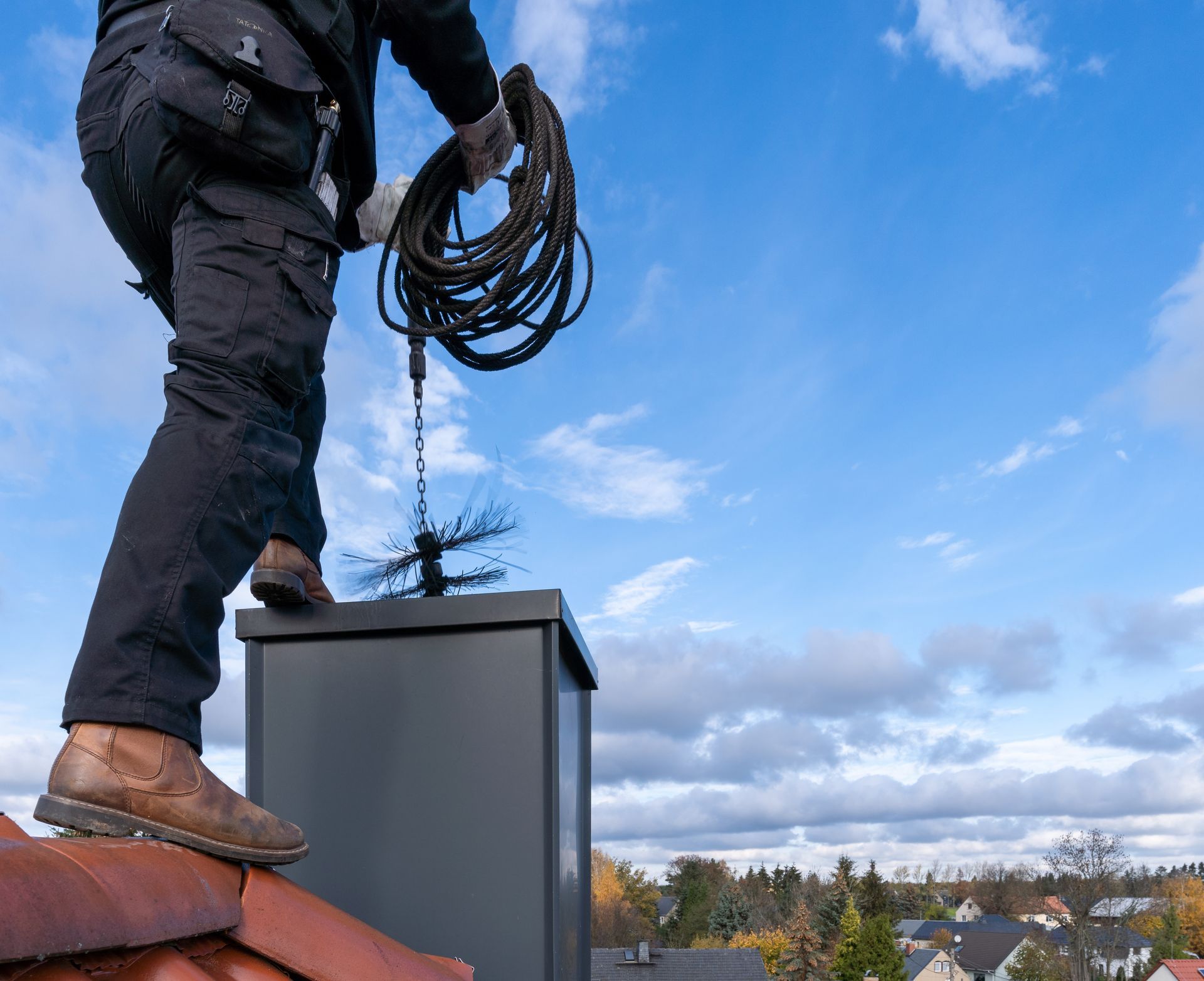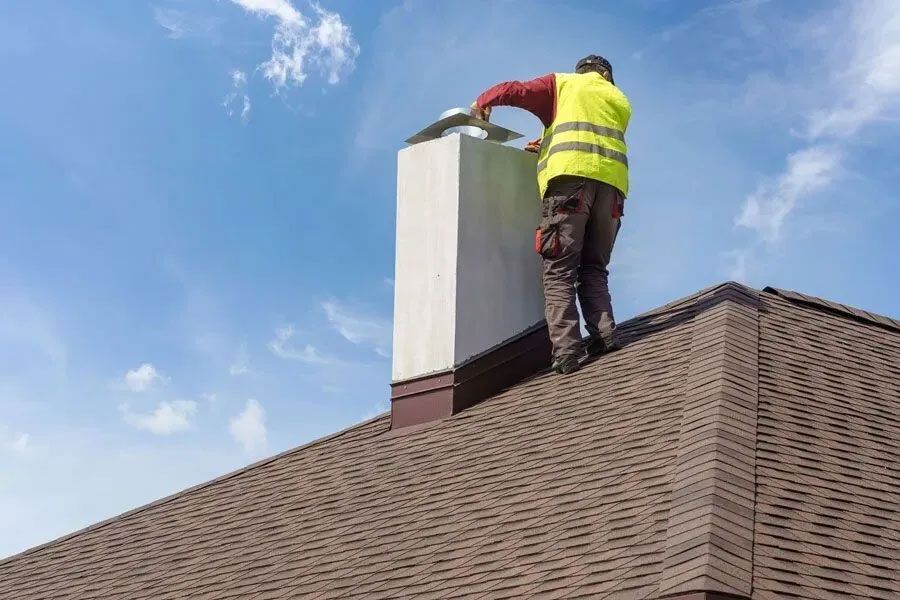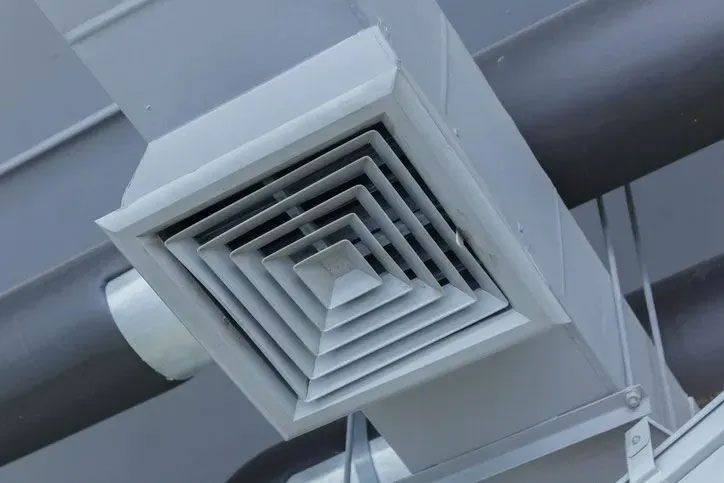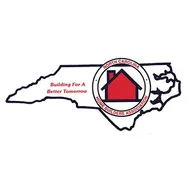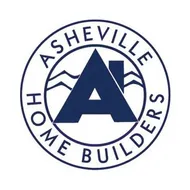4 Signs It's Time for a Chimney Cleaning
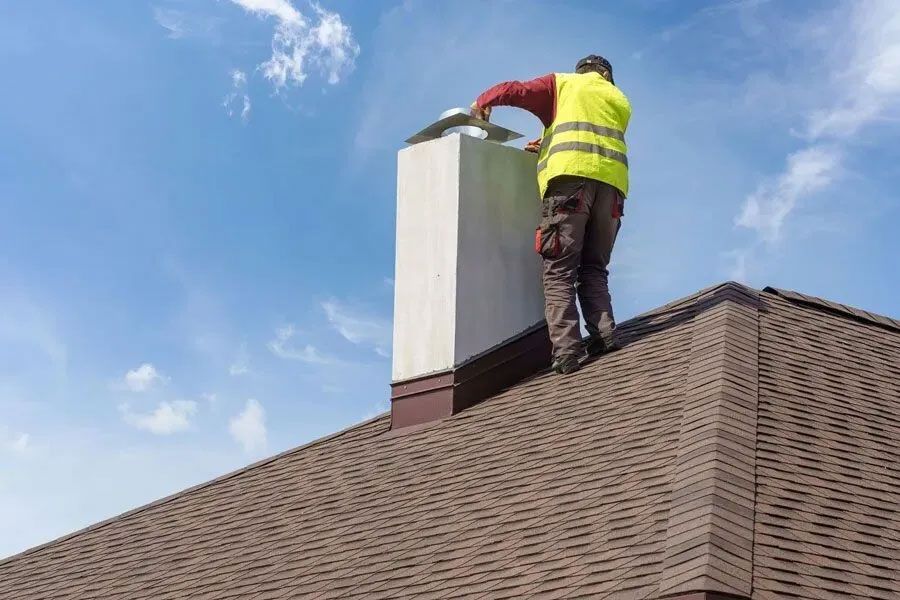
Chimney cleaning is essential maintenance to prevent dangerous chimney fires. Burning wood in your fireplace produces creosote, a flammable byproduct that coats the interior of your chimney. Fortunately, there are a few signs you can watch out for that can indicate creosote buildup before it reaches dangerous levels. Here are four signs it's time for a chimney cleaning.
1. Difficulty Starting or Maintaining Fire
A fireplace requires a delicate balance of airflow through the chimney. If your chimney is coated with creosote, it could prevent enough oxygen from reaching your fireplace to create a stable fire. This could result in a fire that won't stay lit, or even difficulty starting a fire at all.
To determine if a clogged chimney may be to blame, you must first make sure that the damper is working properly. If the damper is open, you should be able to feel that there is no barrier above the fireplace at the base of the chimney (unless you have a top-mount damper).
There will be a push rod or rotary control inside the fireplace to open the damper. Top-mount dampers will have a chain that you can pull to open them.
2. Smoke Backing Up Into Home
Another possible side effect of a clogged chimney is smoke backing up into the home when the fireplace is lit. This is a dangerous situation, as wood combustion produces carbon monoxide and other toxic fumes that pose a serious health hazard to you and your family. In the worst cases of chimney clogs, you may be able to see black smoke rolling into your home from the fireplace.
In less advanced cases, however, you may not be able to see the backup of fumes at all. Instead, you should look out for unusual smells while your fireplace is lit. You should only notice a mild, pleasant smell if the fireplace is properly ventilated. A charred, smoky, or otherwise off-putting odor is a cause for alarm.
3. Greasy Spots on Fireplace Walls
The inside of your fireplace may be the first place you are able to see creosote. When creosote has built up enough that it blocks your chimney, the changes in airflow will then cause creosote to be deposited on the fireplace walls. This is usually seen as greasy, black smudges, as the creosote is close enough to the fire to still be warm and partially liquefied.
Some black spots inside your fireplace may not be creosote but simply soot. Patches of soot inside a fireplace are unavoidable, but they are easy to distinguish from creosote. Run your finger through any black patches while the fireplace isn't lit. If the substance is dust- or ash-like, it is soot. Greasy, tar-like stains are creosote and indicate a possible chimney blockage.
4. Crumbling Black Debris in Fireplace
Once creosote reaches a certain level of buildup inside a chimney, it will begin to resemble hard, black flakes of tar. These flakes can sometimes chip off of the inside of the chimney due to drafts or other disturbances and fall into the fireplace.
In older homes, creosote buildup can cause the lining of the chimney itself to begin to crack and fall. Some older homes had chimney liners made of terra-cotta, which can break away when creosote heats up or too much builds up in one place. Shards of terra-cotta will look like pieces of broken tile that have fallen into the fireplace.
Knowing the signs of a dirty chimney is important to protect your home from the risk of a chimney fire. Keep these tips in mind, and contact Carolina Ductmasters if you are in need of professional chimney inspection or cleaning service.
